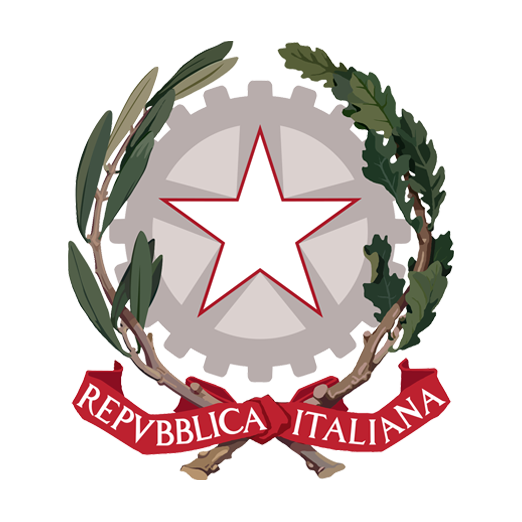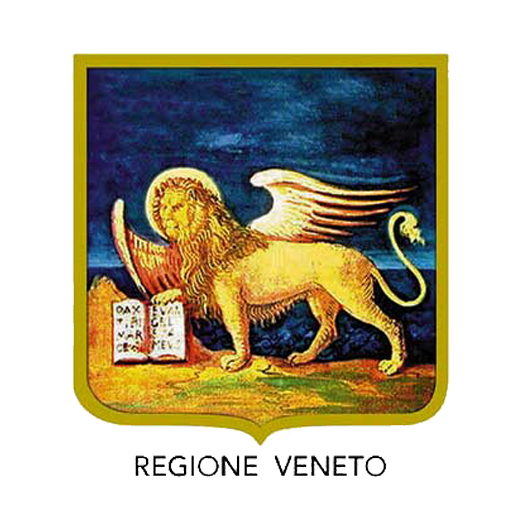Arco del Falconetto
Via Cappuccini, 11
The Falconetto Arch is an imposing stone portal that stands at the entrance to Villa Benvenuti, in via Cappuccini in Este. Located along the outer perimeter of the Carrarese Castle curtain wall, in a westerly direction, the monument is at the height of the ancient path that climbs towards the hill. This extraordinary arch serves as the entrance to the large park of Villa Benvenuti, a residence built in the nineteenth century. The Arch, probably built around 1525, is attributed to the famous Veronese architect Giovanni Maria Falconetto (1468-1540), who was very active in Padua in those years. The land on which the monument stood belonged to the wealthy Venetian Alvise Cornaro, known for having founded one of the liveliest cultural circles in Padua, frequented by leading artists, including Falconetto himself and the playwright Angelo Beolco, known as “il Ruzante”. In his Treatise on Sober Life, Cornaro describes the place as «the most beautiful site in the Hills». This text reveals that Cornaro stayed in Este twice a year, in spring and autumn, to enjoy the fruits of the countryside, hunting and the peaceful environment. It was in this very place, a few steps from the fourteenth-century castle, that Cornaro decided to buy land to build his country villa, equipped with a large “amenissimo giardino” full of fruit trees and fine vines. Inside this property he erected the Arch, the function of which is still being studied: it is assumed that it was conceived as a decorative element of the park, but also as a backdrop for an open-air theatre. In fact, Ruzante’s presence in Este is documented during the period in which the arch was built, suggesting that the author of comedies probably entertained his friend and guests with lively theatrical performances in the Paduan dialect. The Falconetto Arch is inspired by the shapes of the famous Arch of Janus Quadrifrons, which Falconetto had seen during his stay in Rome and which he reproduced in a painting inside Palazzo d’Arco in Mantua. Made of Nanto stone, a soft sedimentary rock that is easily subject to erosion, the arch has suffered damage over the centuries due to atmospheric agents. However, the two winged figures on the sides of the mask, which serves as the keystone of the arch, remain clearly visible. Unfortunately, the statues that once decorated the lateral niches, in the shape of a shell, have been lost.






